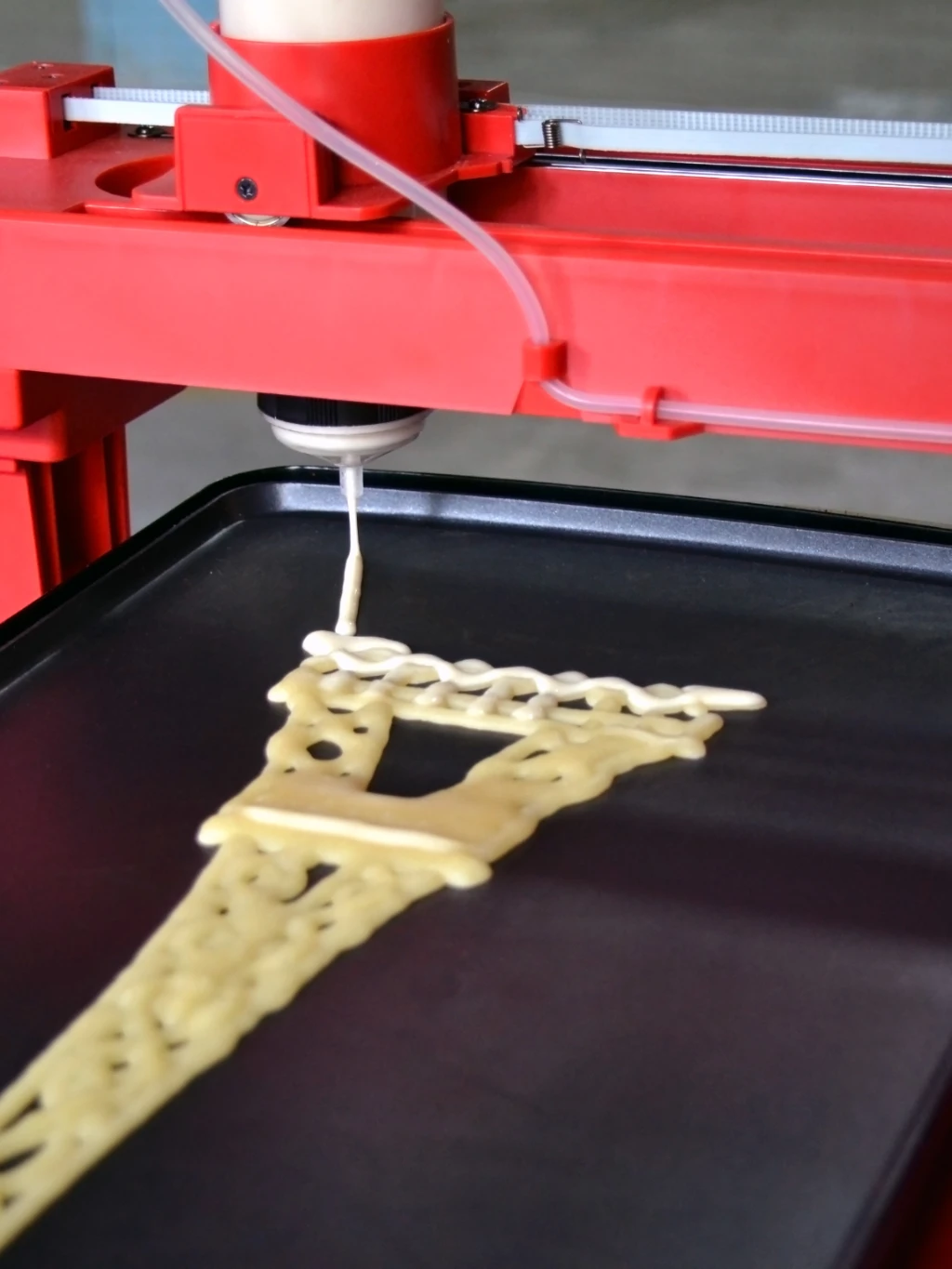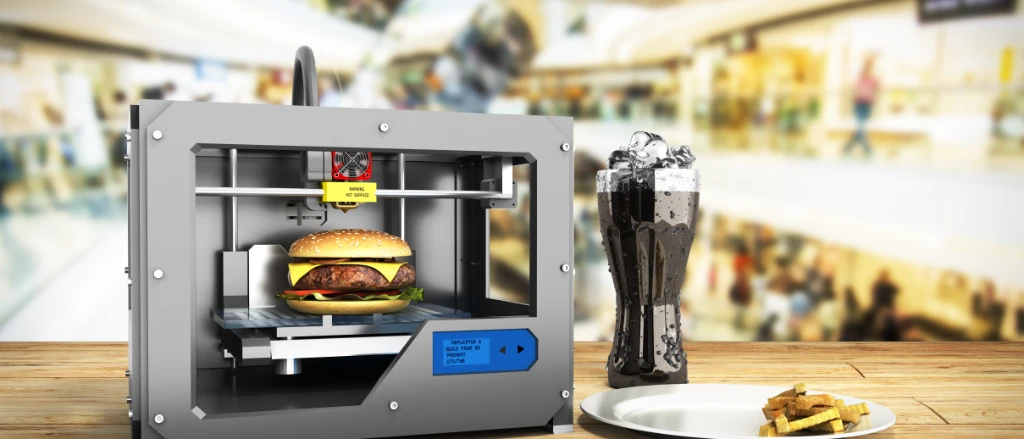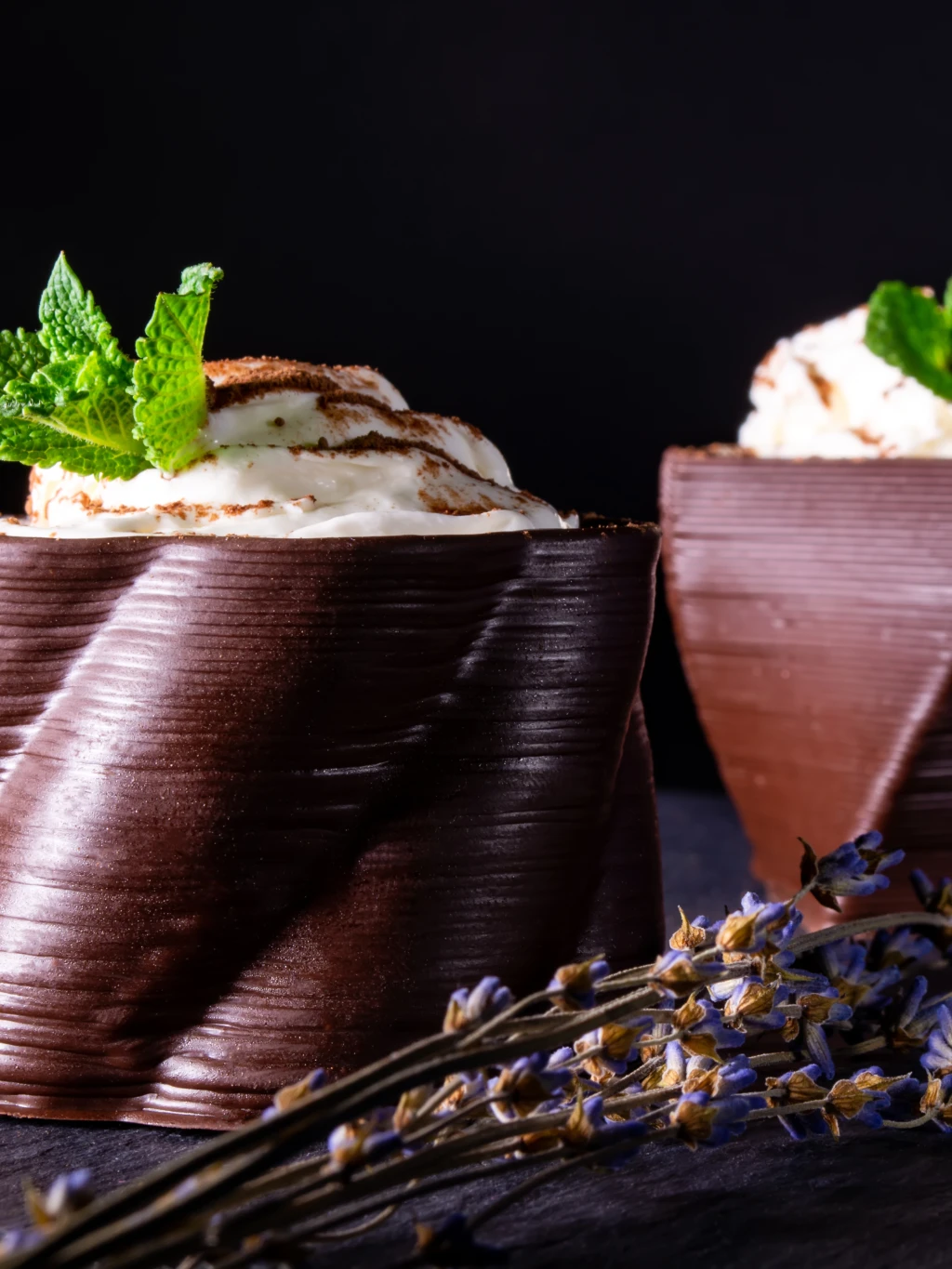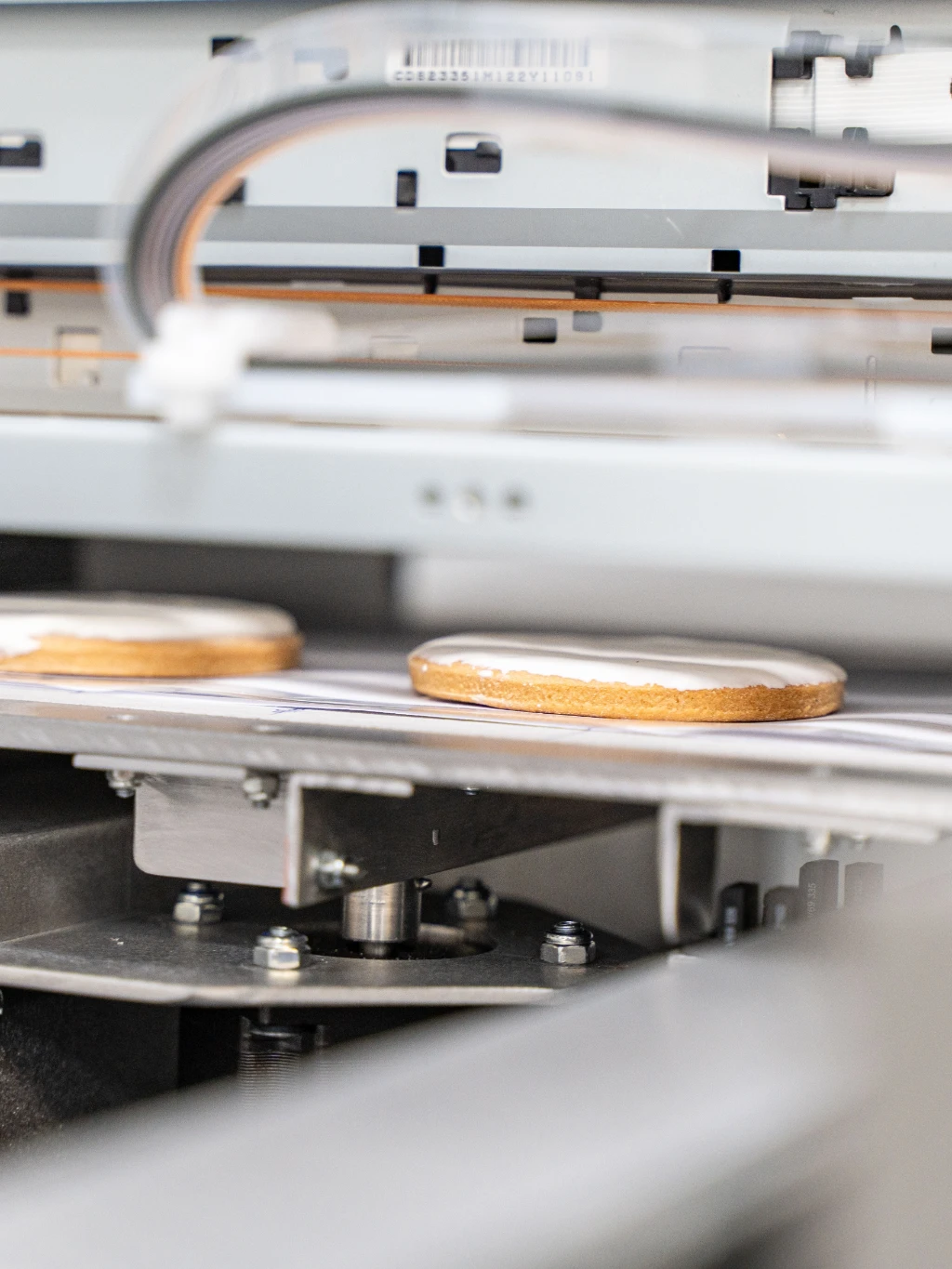While 3D-printed food offers many exciting possibilities, it’s not yet mainstream. 3D food printing offers several notable advantages. First, it allows for customization, enabling the creation of personalized nutrition plans and diet-specific meals tailored to individual needs. Second, it promotes sustainability through the efficient use of ingredients and the potential incorporation of alternative proteins. Finally, 3D food printing drives innovation, introducing new culinary techniques and creative presentation styles that enhance the dining experience.
However, there are also significant challenges associated with this technology. Accessibility is a major issue, as 3D food printers are currently expensive and not widely available. Additionally, acceptance poses a challenge, with both consumers and chefs facing a learning curve to embrace and effectively use this new technology. Lastly, there are ingredient limitations, as the range of printable ingredients remains somewhat restricted, which can limit the variety of foods that can be produced.
3D-printed food is a fascinating and promising development in the culinary world. While it may not replace traditional cooking methods entirely, it offers unique advantages in terms of customization, sustainability, and innovation. As technology advances and becomes more accessible, we could very well see 3D-printed food becoming a staple in both professional kitchens and home settings. So, is 3D-printed food the future? It certainly seems like a delicious possibility.
Stay tuned to Selecta for more insights into the latest food tech innovations and how they might soon be part of your daily dining experience.






